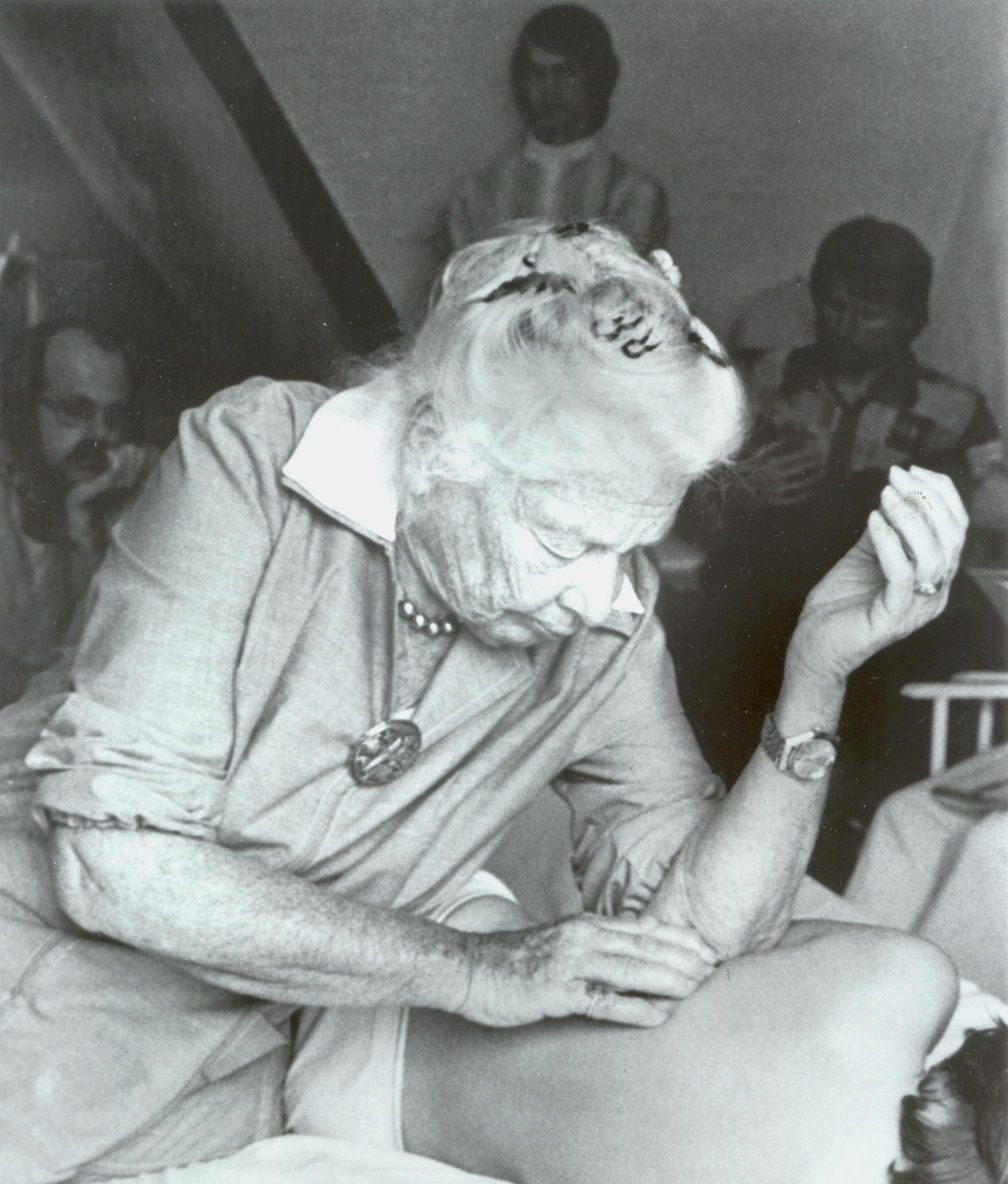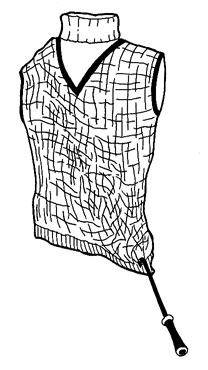Dr. Rolf’s discovery of the importance of the connective tissue fascial system throughout the body revolutionized the thinking about the body and led to the development of an entirely different field of bodywork outside of the Chiropractic and Osteopathic fields she initially worked and taught within.
Rolfing® is an advanced form of bodywork that works within the context of “soft-tissue mobilization”.
An experienced and thoroughly trained, Certified Advanced Rolfer™ will work on every inch and layer of the connective tissue fascial system throughout the body in a systematic process originally conceived and developed over many, many years by the Ida Rolf. This is why – unlike most bodywork – Rolfing focuses not on short term symptom relief but on long-lasting structural and functional change.
Often I hear clients report beneficial results from massage, acupuncture, Chiropractic, etc. In some cases the results can be long term from these forms of bodywork – but usually I hear from many clients that the results are short term.
Physical therapy may bring longer lasting results to “soft tissue” problems, but this would be for very specific, localized areas. Structural Integration – or Rolfing – can do the same thing but bring full structural integration to the entire structure so that any compensations resulting from an injury in other areas of the body will not bring functional difficulties down the road.
Doctor Rolf’s main discovery and message to the chiropractic and osteopathic fields that she made in her main book, “Rolfing – Reesablishing  the Natural Alignment and Structural Integration of the Human Body for Vitality and Well-Being,” was:
the Natural Alignment and Structural Integration of the Human Body for Vitality and Well-Being,” was:
“Incompetent, ineffectual spines are unable to accept their physiological responsibilities and their failure is centered not in the bony structure, but in the surrounding soft tissue. (This discussion refers to spines that have not suffered organic deterioration.) Spinal weaknesses, then are basically myofascial problems, lying within cartilaginous components, not bony units. Such tissue can be regenerated quickly and surely. Such spines can become effective, given appropriate support and assistance from the myofascial system.”
Essentially it just comes down to common sense; it’s most often the muscles (within the connective tissue fascial system) that pull the boney structure – or our spinal vertebrae – out in the first place. Dr. Rolf herself more simply states, “We say that the bony spine is a secondary index; the spine is where it is by virtue of where the soft tissues are.”
As a Certified Advanced Rolfer™, my primary medium to work on is the connective tissue fascial system that surrounds the muscles, ligaments, tendons, and organs throughout the body – it is what can be mobilized and changed to bring progressive physiological and structural results for the better and for the long-term!
________________________________________________________________________________________
Rolfing® and Rolfer™ are service marks of the Rolf Institute® of Structural Integration
